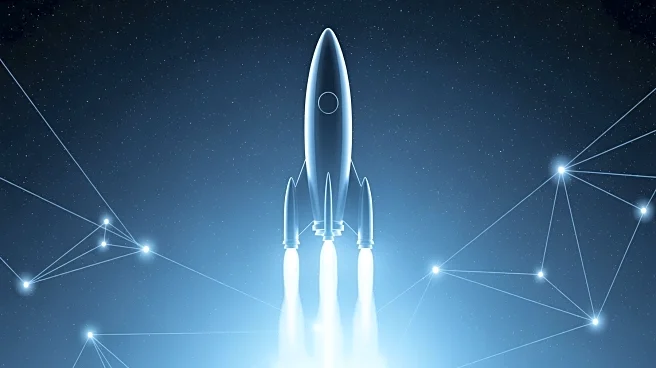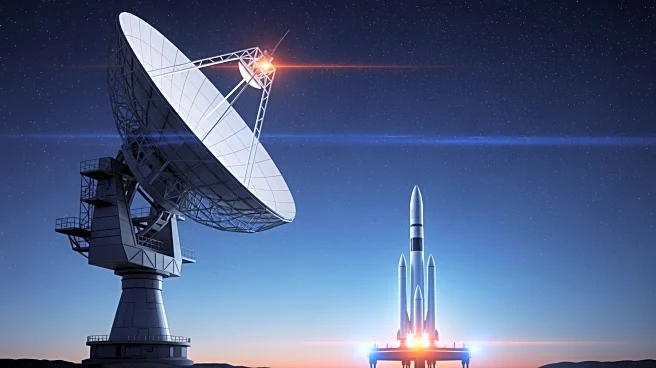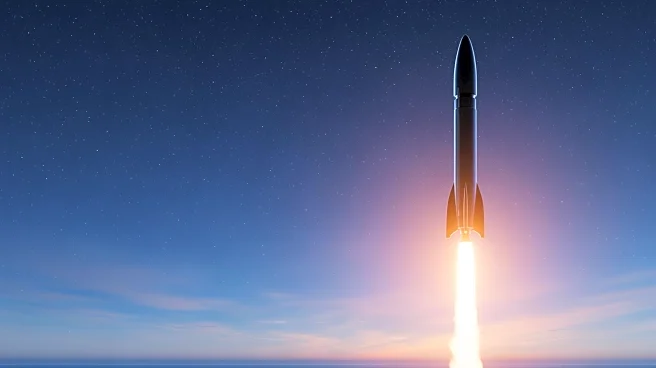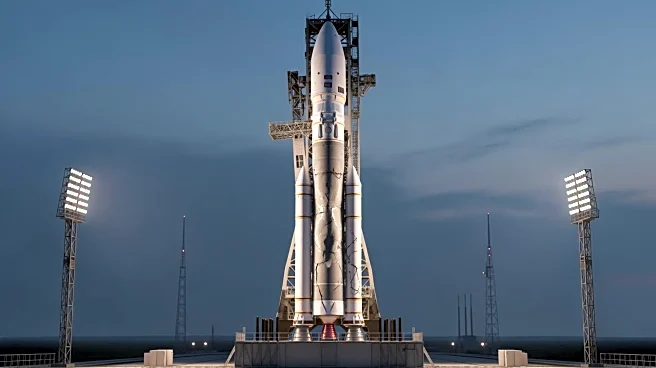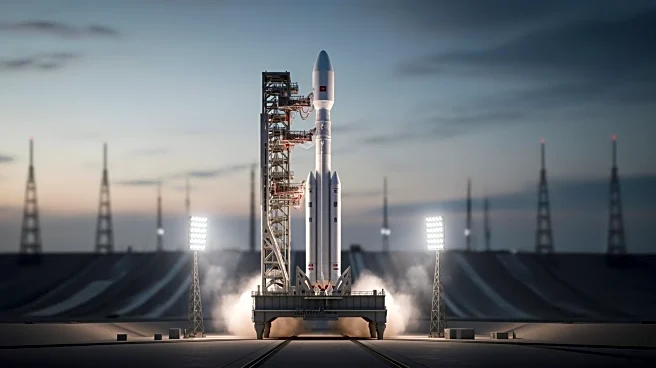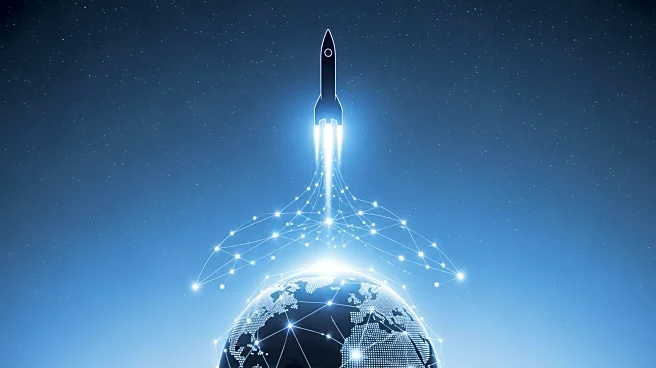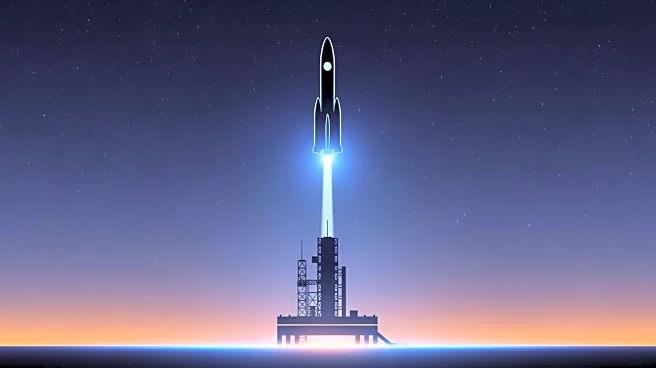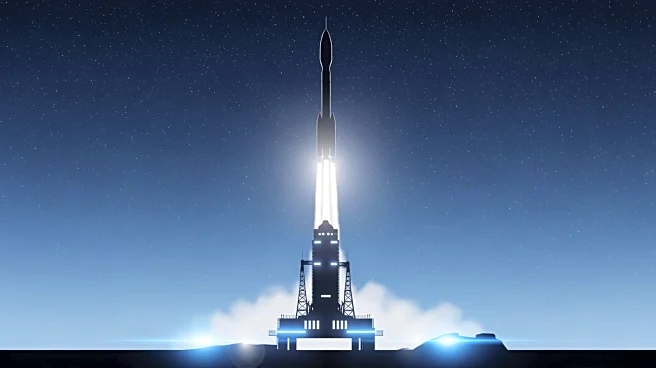What's Happening?
SpaceX successfully launched 29 Starlink satellites into low Earth orbit from Cape Canaveral Space Force Station in Florida. This marks the company's 150th Falcon 9 mission of the year. The launch took
place at 2:53 a.m. EST on November 22, 2025, and the satellites were deployed one hour and five minutes later. The Falcon 9's first stage, Booster B1080, was recovered for the ninth time on the droneship 'A Shortfall of Gravitas' in the Atlantic Ocean. The addition of these satellites brings the total number of active Starlink units to over 9,000, out of more than 10,400 launched since 2019. This mission also represents the 568th flight of SpaceX's launch vehicle since 2010.
Why It's Important?
The successful deployment of additional Starlink satellites is significant for SpaceX's goal of providing global broadband internet coverage. The expansion of the Starlink network enhances internet accessibility, particularly in remote and underserved areas. This development is crucial for bridging the digital divide and improving connectivity worldwide. Furthermore, the achievement of 150 launches in a single year underscores SpaceX's operational efficiency and reliability in the commercial space sector. The continued success of SpaceX's launch operations strengthens its position as a leader in the aerospace industry, potentially influencing market dynamics and competition.
What's Next?
SpaceX is likely to continue its aggressive launch schedule to further expand the Starlink constellation. The company may also focus on improving satellite technology and network performance to enhance service quality. As the network grows, regulatory and environmental considerations regarding space debris and orbital congestion may become more prominent. Stakeholders, including governments and international organizations, may engage in discussions to address these challenges and ensure sustainable space operations.
